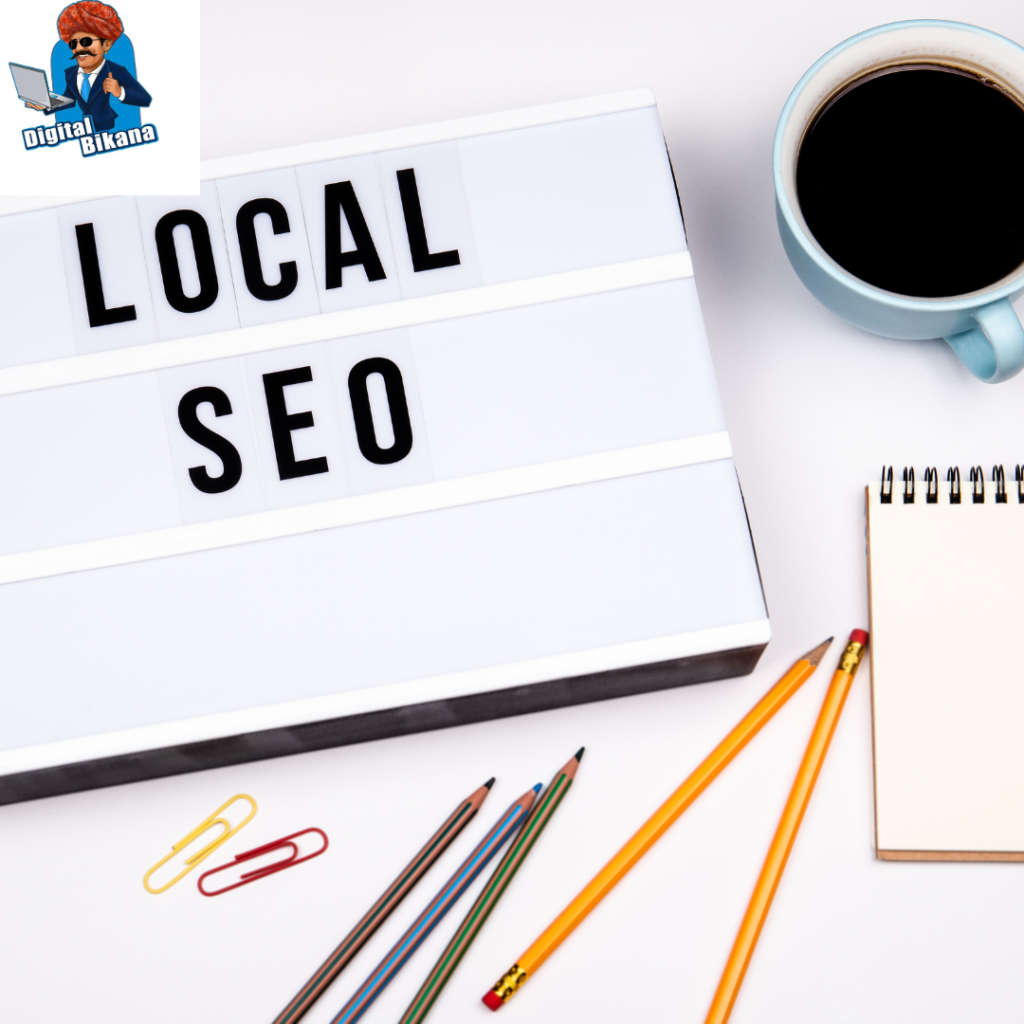What is the Role of User Engagement Metrics in SEO?
In this article we are going to talk about What is the role of user engagement metrics in SEO? In the dynamic world of search engine optimization (SEO), staying ahead of the competition requires a comprehensive understanding of the factors that influence search engine rankings. While keywords, backlinks, and technical optimization play vital roles, user engagement metrics have emerged as key indicators of website quality and relevance. In this article, we will explore the role of user engagement metrics in SEO and how they contribute to improving search engine rankings.
What is the Role of User Engagement Metrics in SEO?
1. Defining User Engagement Metrics
User engagement metrics refer to the quantitative and qualitative measurements that assess how users interact with a website. These metrics provide insights into user behavior, satisfaction, and the overall effectiveness of a website in meeting user expectations. Common user engagement metrics include click-through rate (CTR), bounce rate, time on page, pages per session, and conversion rate.
2. CTR (Click-Through Rate)
Click-through rate measures the percentage of users who click on a specific link or search result in relation to the number of impressions or views it receives. A high CTR indicates that users find the link or search result compelling and relevant to their query. Search engines consider CTR as an important ranking factor because it indicates user preference and satisfaction.
To optimize CTR, focus on crafting compelling and relevant meta titles and descriptions that accurately reflect the content of your web pages. Use engaging language, include relevant keywords, and highlight unique selling points to entice users to click on your search results.
Read Also: What is the Role of Meta Descriptions in SEO?
3. Bounce Rate
Bounce rate measures the percentage of users who leave a website without exploring further beyond the first page they landed on. A high bounce rate often indicates that users did not find the content or user experience engaging enough to explore further. Search engines interpret a high bounce rate as a signal that the website may not be providing the expected value or relevance to users.
To lower bounce rates, ensure that your website delivers on the promises made in search results. Optimize page load speed, enhance content relevance, improve navigation, and provide a clear call-to-action to encourage users to explore additional pages on your site.

4. Time on Page
Time on page measures the average duration users spend on a particular web page. It helps evaluate the level of user engagement and interest in the content.When users spend more time on a page, it indicates that they find the content valuable and engaging, showing that they are having a positive experience.
To increase time on page, create high-quality, informative, and engaging content that meets user intent. Incorporate multimedia elements like images, videos, and infographics to enhance engagement. Break content into easily digestible sections, use subheadings, and provide clear and concise information to encourage users to spend more time exploring the page.
Read Also: What is the Role of Alt Tags in Image Optimization for SEO?
5. Pages per Session
Pages per session measures how many pages, on average, a user visits during one visit to a website.A higher number of pages per session indicates that users are actively exploring different sections of your website, indicating a higher level of engagement.
To increase pages per session, optimize your website’s internal linking structure to provide clear pathways for users to navigate to related content. Include recommended articles, related products, or similar posts to encourage users to continue their journey on your site. Additionally, offer a user-friendly navigation menu and intuitive site architecture to make it easy for users to discover and access different pages.
Read Also: What is the Significance of Internal Linking in SEO?
6. Conversion Rate
Conversion rate measures the percentage of users who take a specific action you want them to take, like making a purchase, filling out a form, or subscribing to a newsletter.. A high conversion rate indicates that users find value in your website’s offerings and are compelled to take action.
To improve conversion rates, optimize your website’s design and layout to facilitate the desired actions. Streamline the conversion process, minimize friction, and provide clear calls-to-action. A user-friendly and intuitive checkout process, well-designed forms, and compelling offers can significantly impact conversion rates.
You can also checkout this digital marketing institute to learn digital marketing course by enrolling in our course Or Contact Digital Bikana on +91-8949483728

Conclusion:
User engagement metrics play a crucial role in SEO by providing valuable insights into how users interact with your website. Search engines consider these metrics as indicators of website quality, relevance, and user satisfaction. By monitoring and optimizing user engagement metrics such as CTR, bounce rate, time on page, pages per session, and conversion rate, you can enhance your website’s overall user experience and improve search engine rankings. Remember, by prioritizing user engagement, you not only please search engines but also create a positive and rewarding experience for your website visitors. So, Now I hope you have understood about What is the Role of User Engagement Metrics in SEO?

